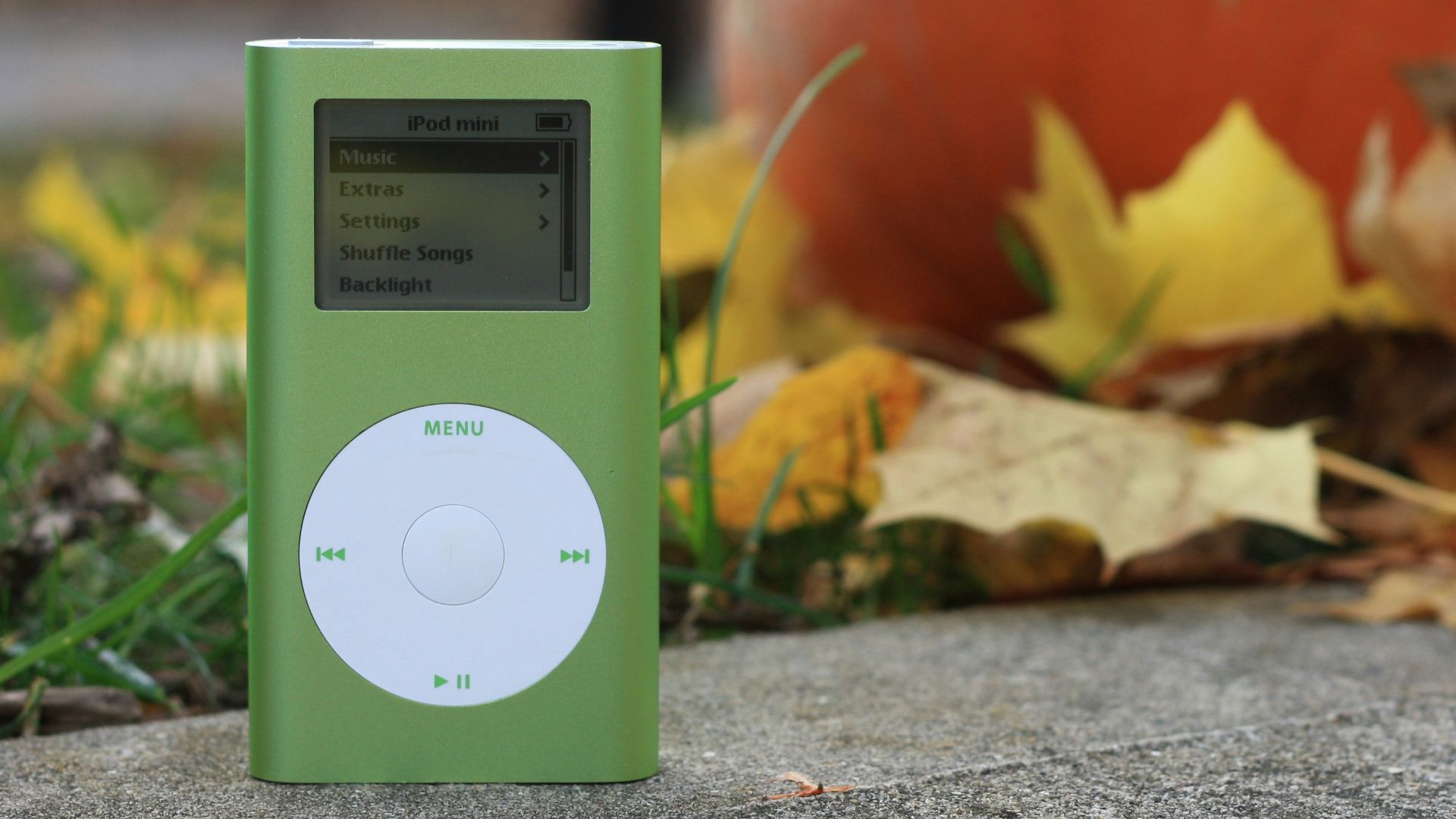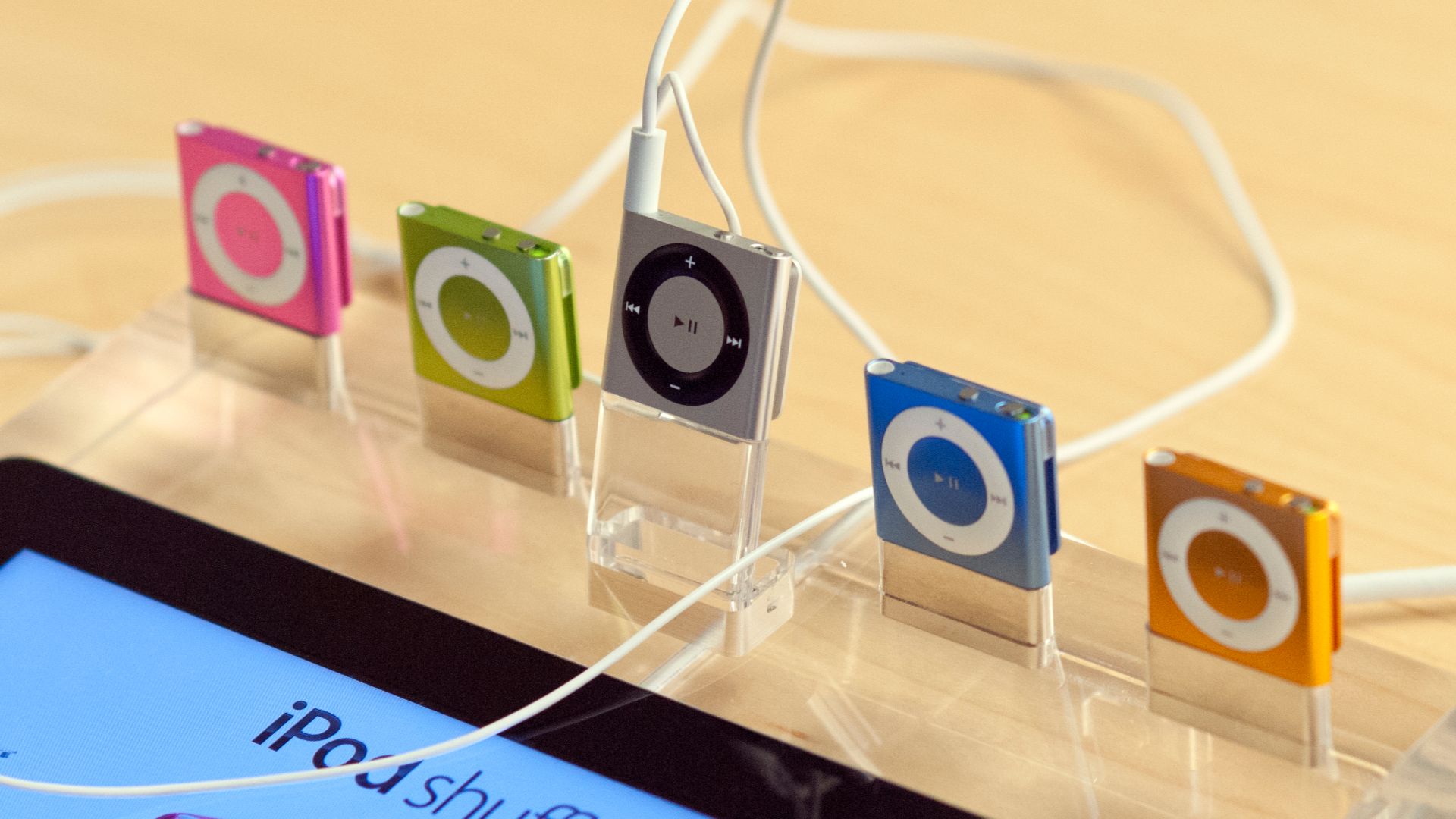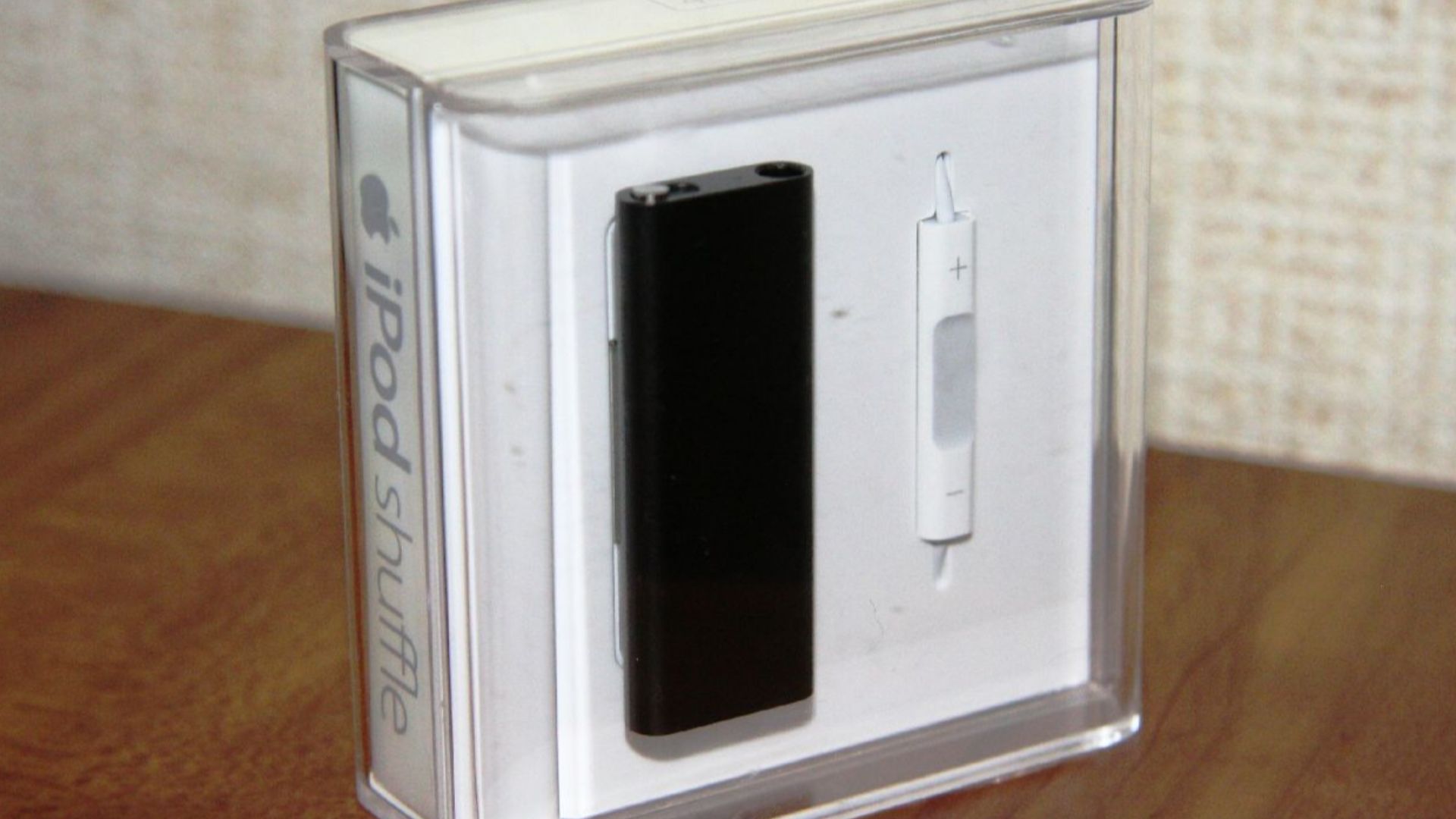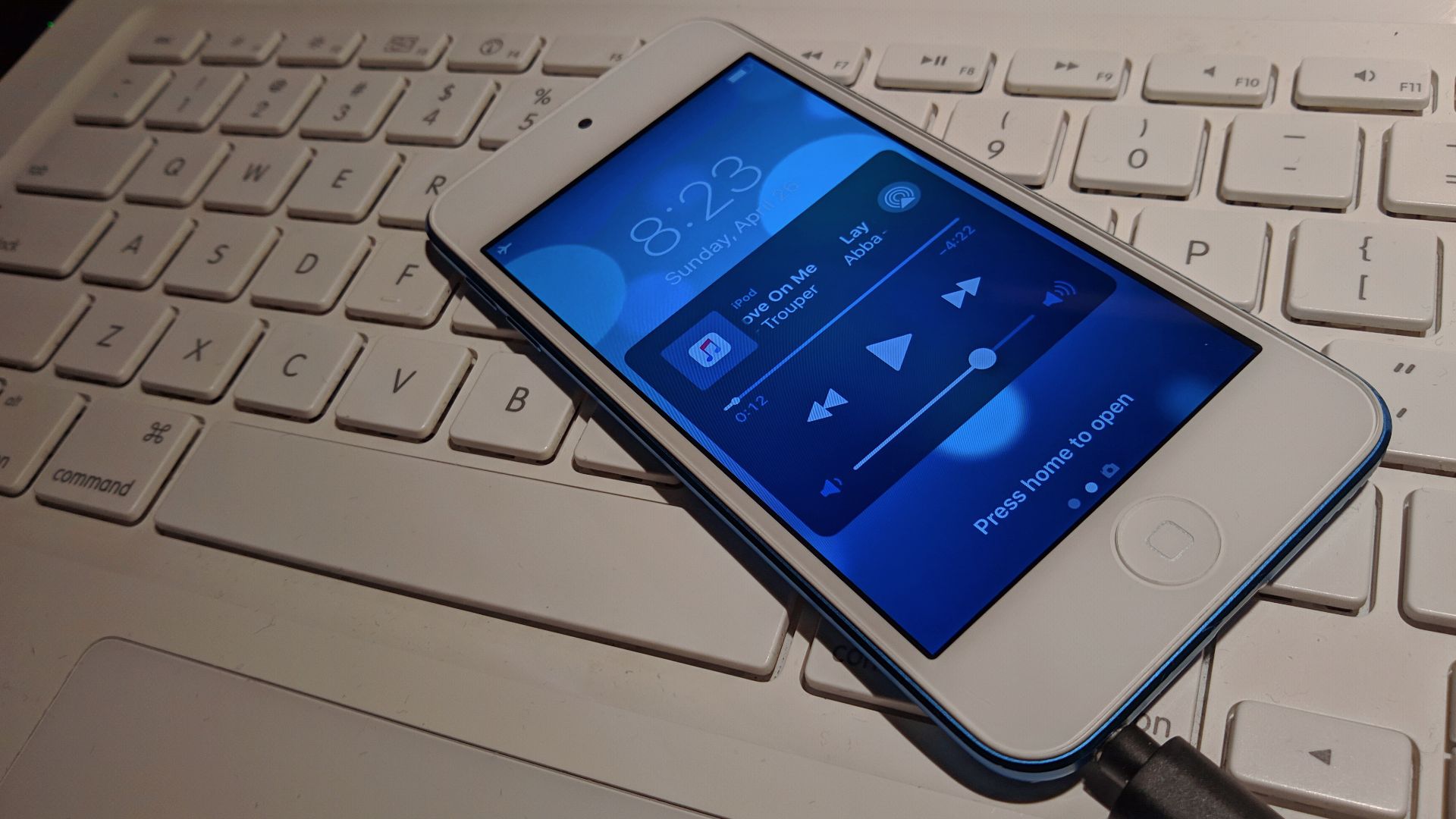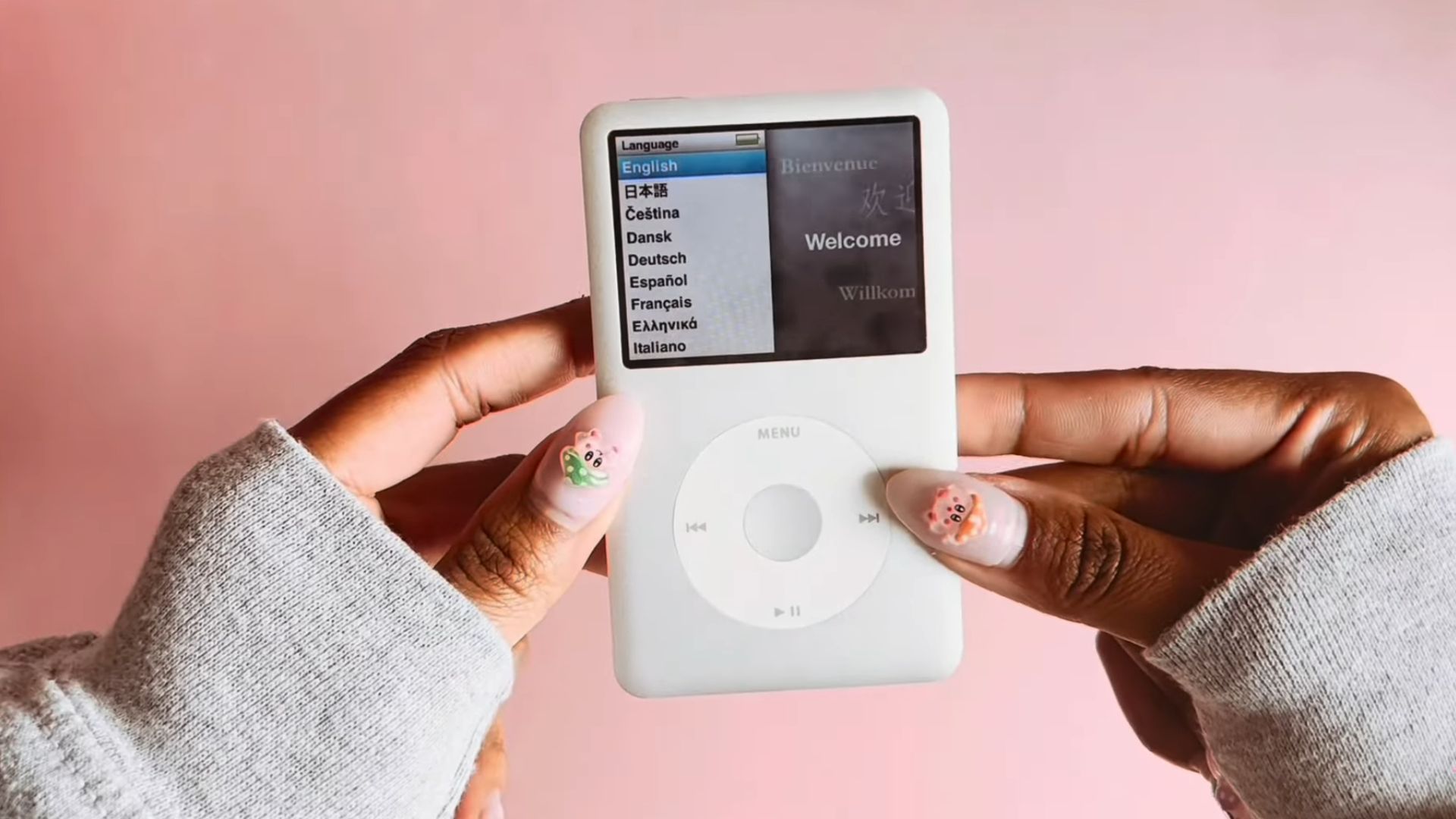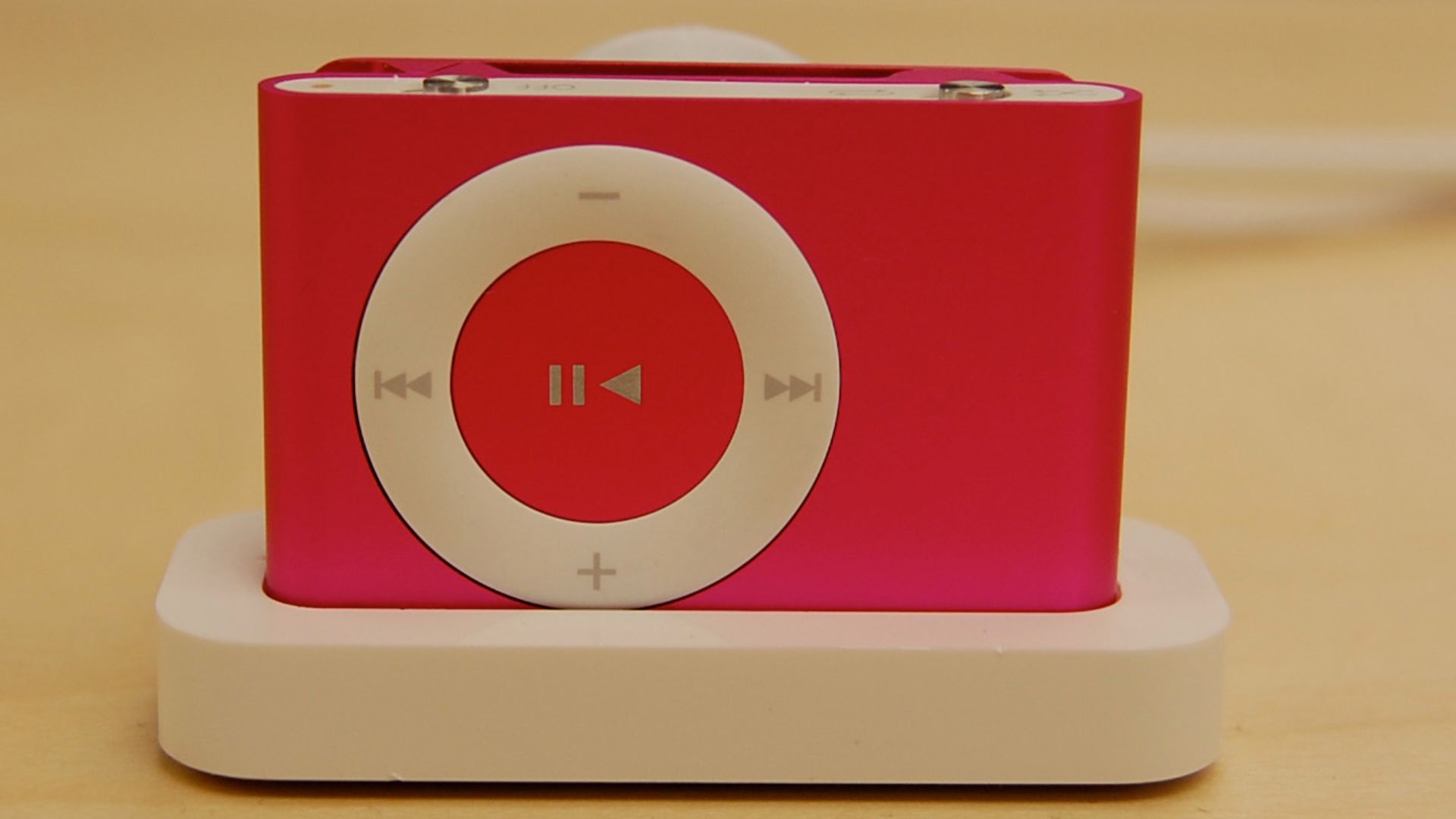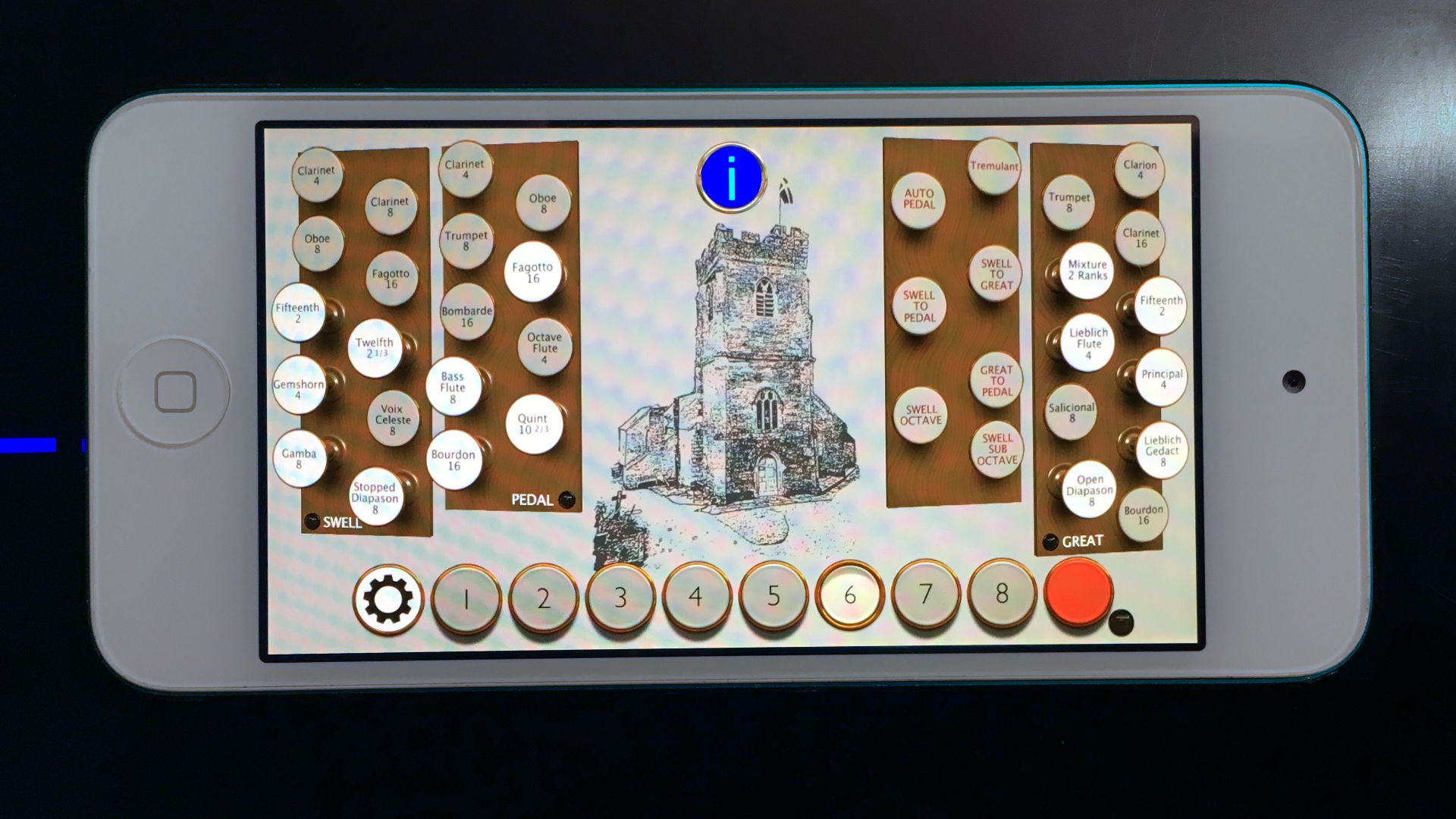Hits And Misses From The iPod Legacy
Apple’s iPod line revolutionized portable music, but not every model hit the right note. Some lacked innovation or offered disappointing sound quality, and others became design missteps that left users frustrated. Here’s a breakdown of the worst and best iPods ever released, starting with the ones Apple might prefer you forget.
1. iPod Shuffle (4th Generation, 2010)
The clip-on design made it gym-friendly, but it came with no display and limited functionality. The voiceover feature attempted to compensate, but was inconsistent. While ultra-portable, it couldn’t create playlists or display songs. Apple only made minor updates to it until its discontinuation in 2017.
2. iPod Nano (6th Generation, 2010)
Resembling a digital watch, this square touchscreen nano ditched the click wheel and video support. The screen was too small for comfortable navigation, and album art was barely visible. Many wore it on wristbands, but Apple never optimized it for that purpose.
 Tsukisiro Roberto Namo Kim on Wikimedia
Tsukisiro Roberto Namo Kim on Wikimedia
3. iPod Touch (3rd Generation, 2009)
Oddly, the 8GB version wasn't updated—it was just a rebranded 2nd-gen model sold alongside newer versions. Many users bought it unaware it lacked the upgraded processor. This caused confusion and incompatibility issues. However, Apple never clarified the issue.
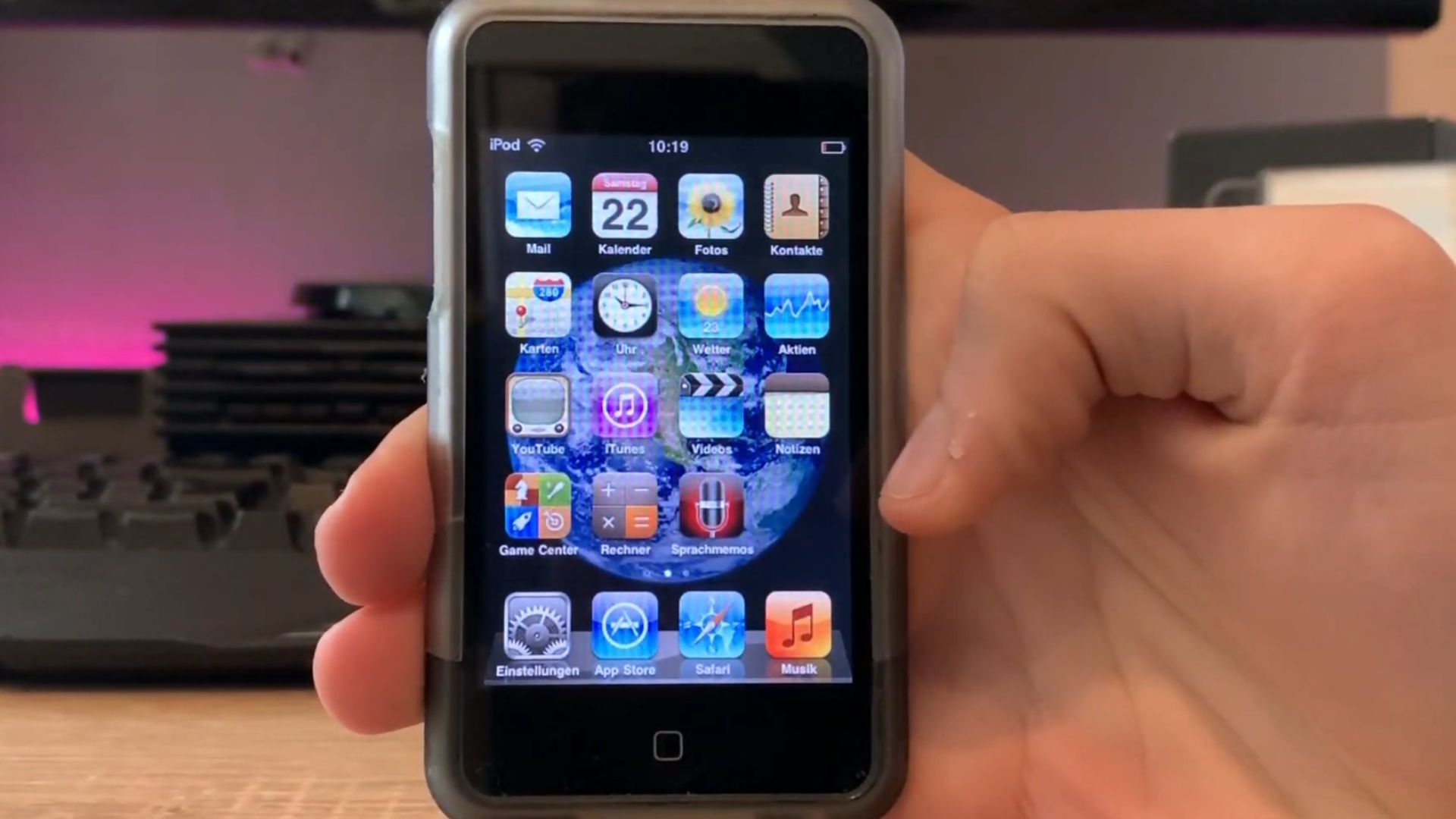 Why the iPod Touch 3rd Gen is still worth it in 2020! by iBungler - Tech Videos
Why the iPod Touch 3rd Gen is still worth it in 2020! by iBungler - Tech Videos
4. iPod Classic (1st Generation, 2001)
The original iPod had several issues that haven’t aged well. Its mechanical scroll wheel was stiff, the interface was clunky, and Mac-only support alienated Windows users. Battery life barely hit 10 hours, and it sold just 125,000 units in its first year.
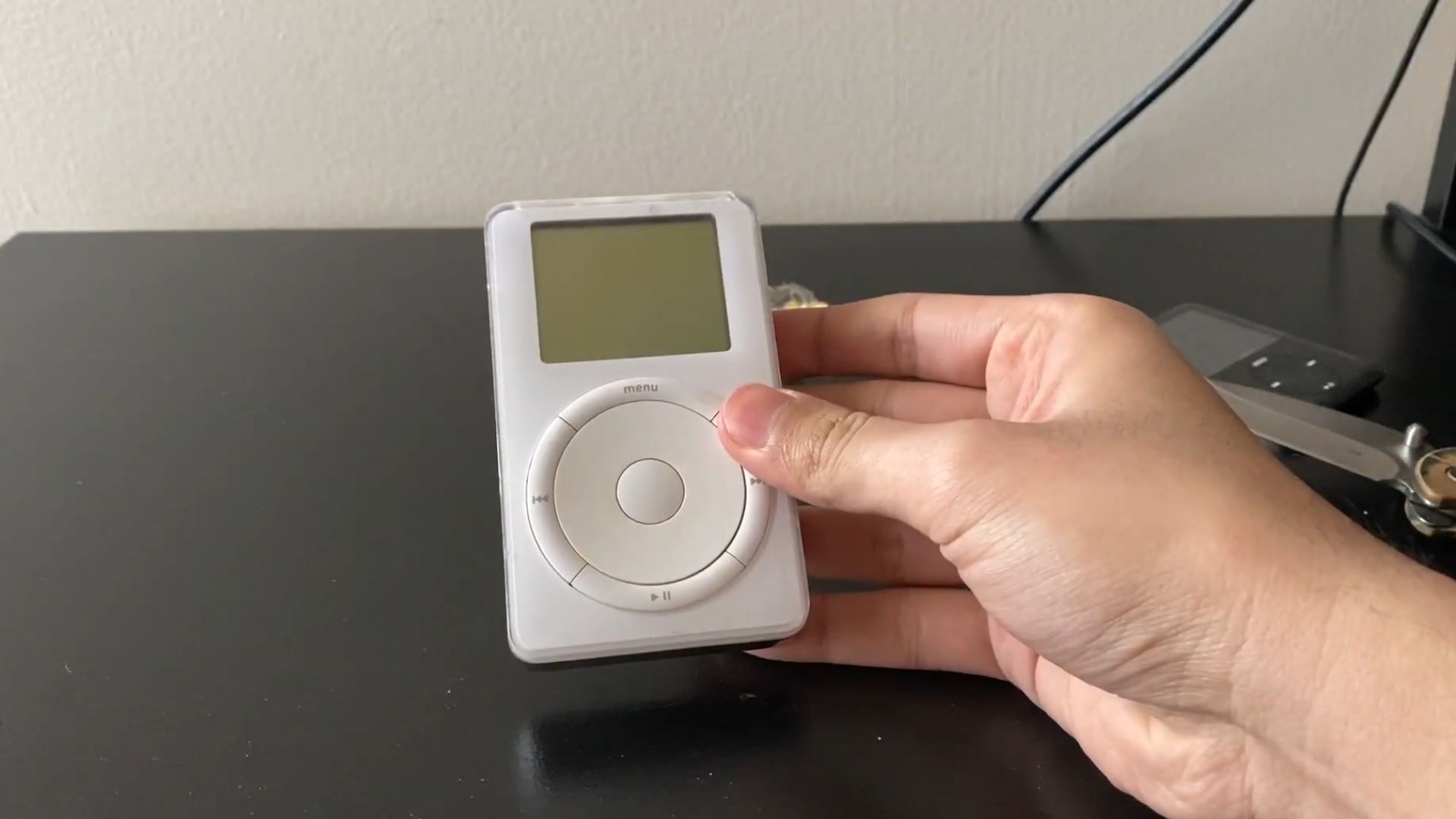 (2001) iPod Classic 1st Generation | Classic Tech by Techformative
(2001) iPod Classic 1st Generation | Classic Tech by Techformative
5. iPod Photo (2004)
This early attempt to mix images with music fell flat. At $499, it was expensive for a device that only displayed low-resolution JPEGs. The color screen drained battery life faster than earlier iPods, and support for images added little real value.
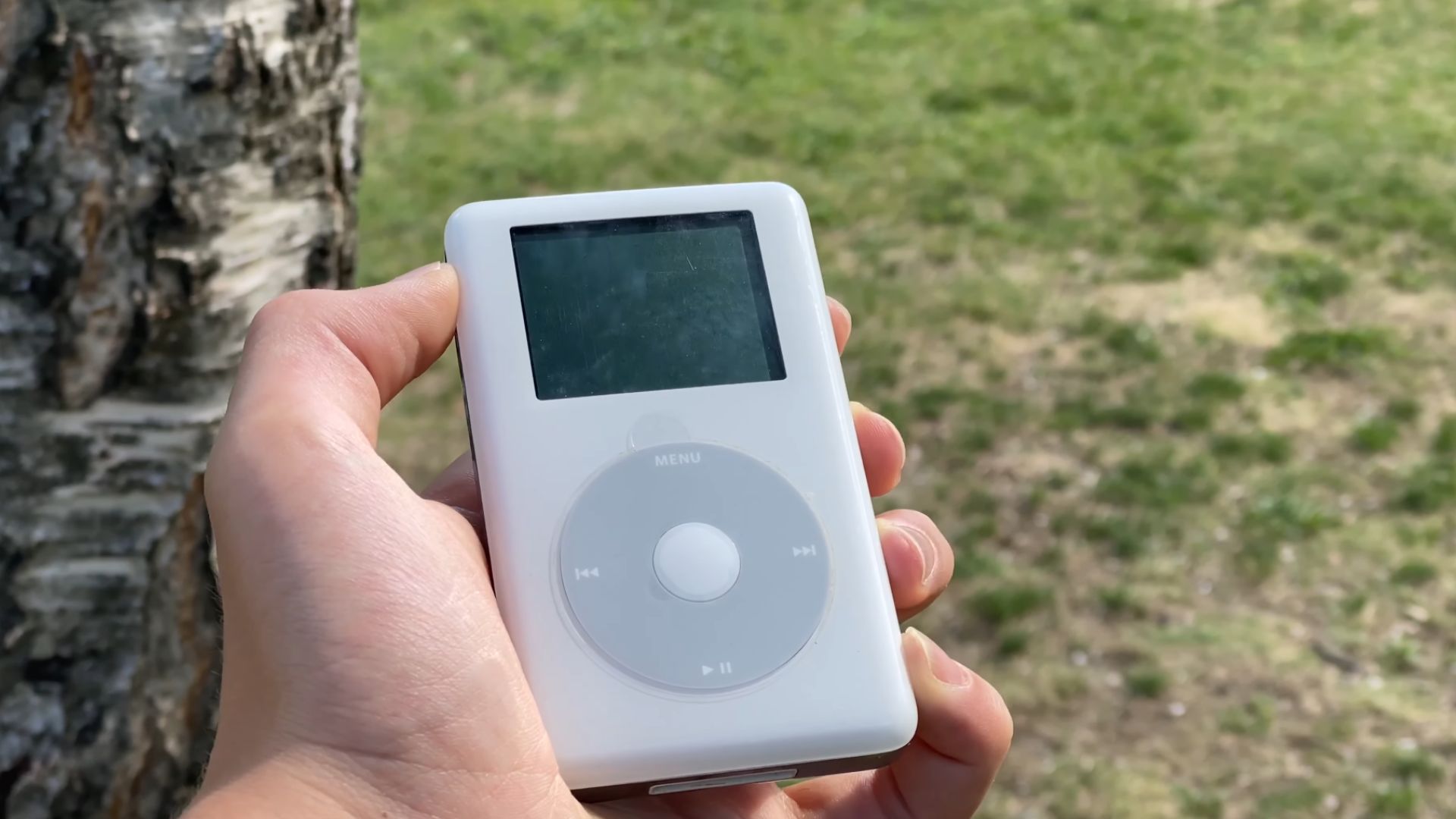 iPod Photo 4th gen in 2023 Overview - Worth it? by iTWI
iPod Photo 4th gen in 2023 Overview - Worth it? by iTWI
6. iPod Mini (1st Generation, 2004)
Despite strong marketing, the mini’s 4GB Microdrive was fragile and offered less storage than the 15GB iPod. Battery life maxed out at eight hours, and it didn’t support lossless audio. Though stylish, it was functionally inferior to cheaper alternatives and became obsolete the following year.
 Rebecca Partington from Seattle, Washington, USA on Wikimedia
Rebecca Partington from Seattle, Washington, USA on Wikimedia
7. iPod Shuffle (3rd Generation, 2009)
The iPhone shuffle's controls were moved to the headphone cord, forcing users to rely on Apple’s proprietary earbuds. That meant third-party headphone support was mostly lost. Worse, it lacked a screen, offered minimal feedback, and made navigation a guessing game.
8. iPod Nano (1st Generation, 2005)
While innovative for its size, the first nano suffered widespread battery complaints. Lawsuits followed, and Apple quietly offered replacements. It also lacked video support and had limited storage for its price. Reports of scratched bodies within days became a PR issue.
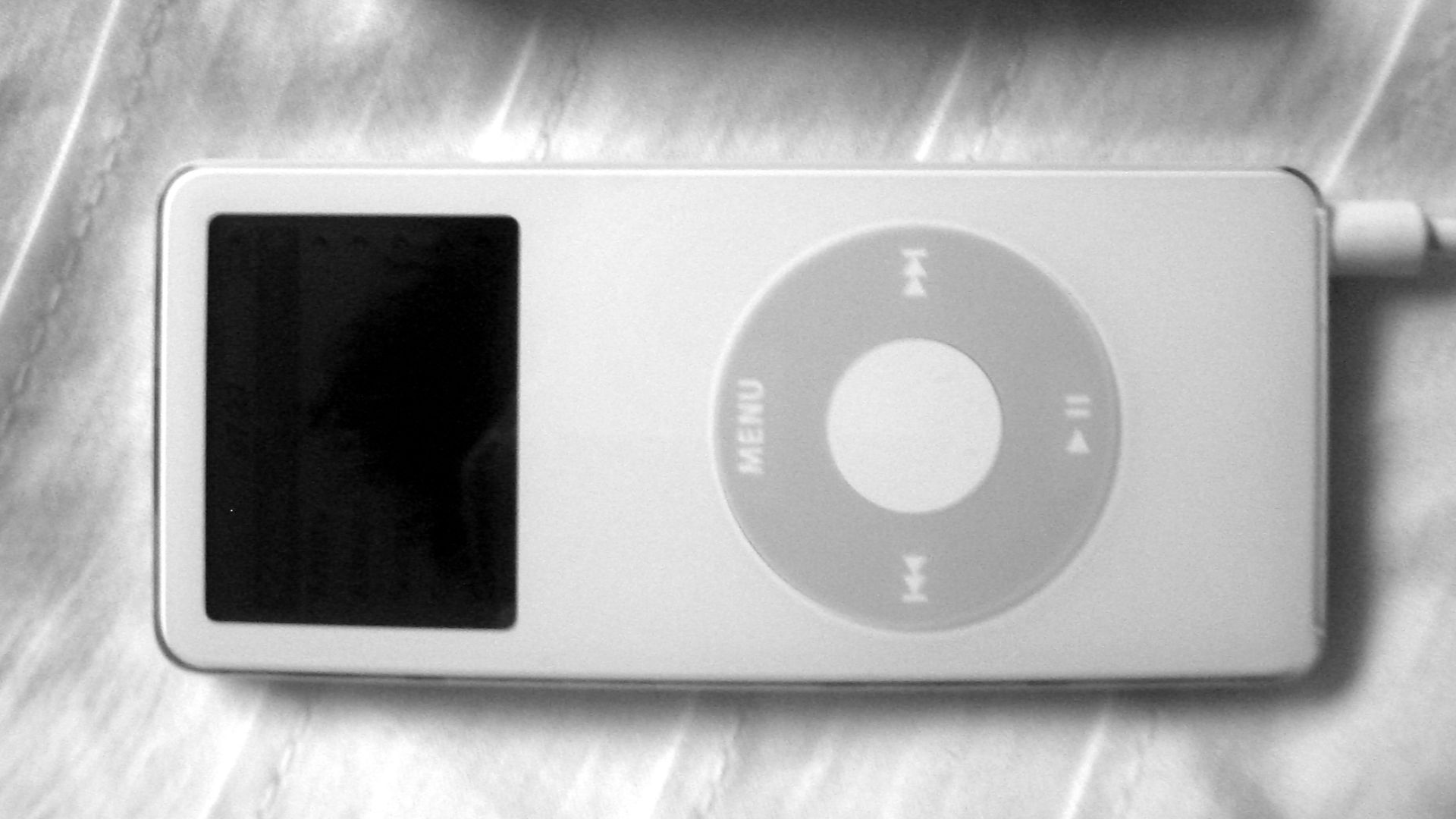 Dan Taylor-Watt from London, UK on Wikimedia
Dan Taylor-Watt from London, UK on Wikimedia
9. iPod Touch (6th Generation, 2015)
Released years into the iPhone era, it lacked Touch ID and shipped with outdated internals. The touch was faster than its predecessor, but it used an A8 chip introduced less than a year earlier in the iPhone 6. Lacking both GPS and a barometer, it came across as an afterthought, especially given its pricing.
10. iPod U2 Special Edition (1st Release, 2004)
Functioning like a regular iPod, the U2 charged more for a U2 signature engraving. Fans were underwhelmed, particularly because no U2 music was preloaded. A black-and-red aesthetic couldn’t justify the markup, and later U2 editions saw similarly lukewarm interest.
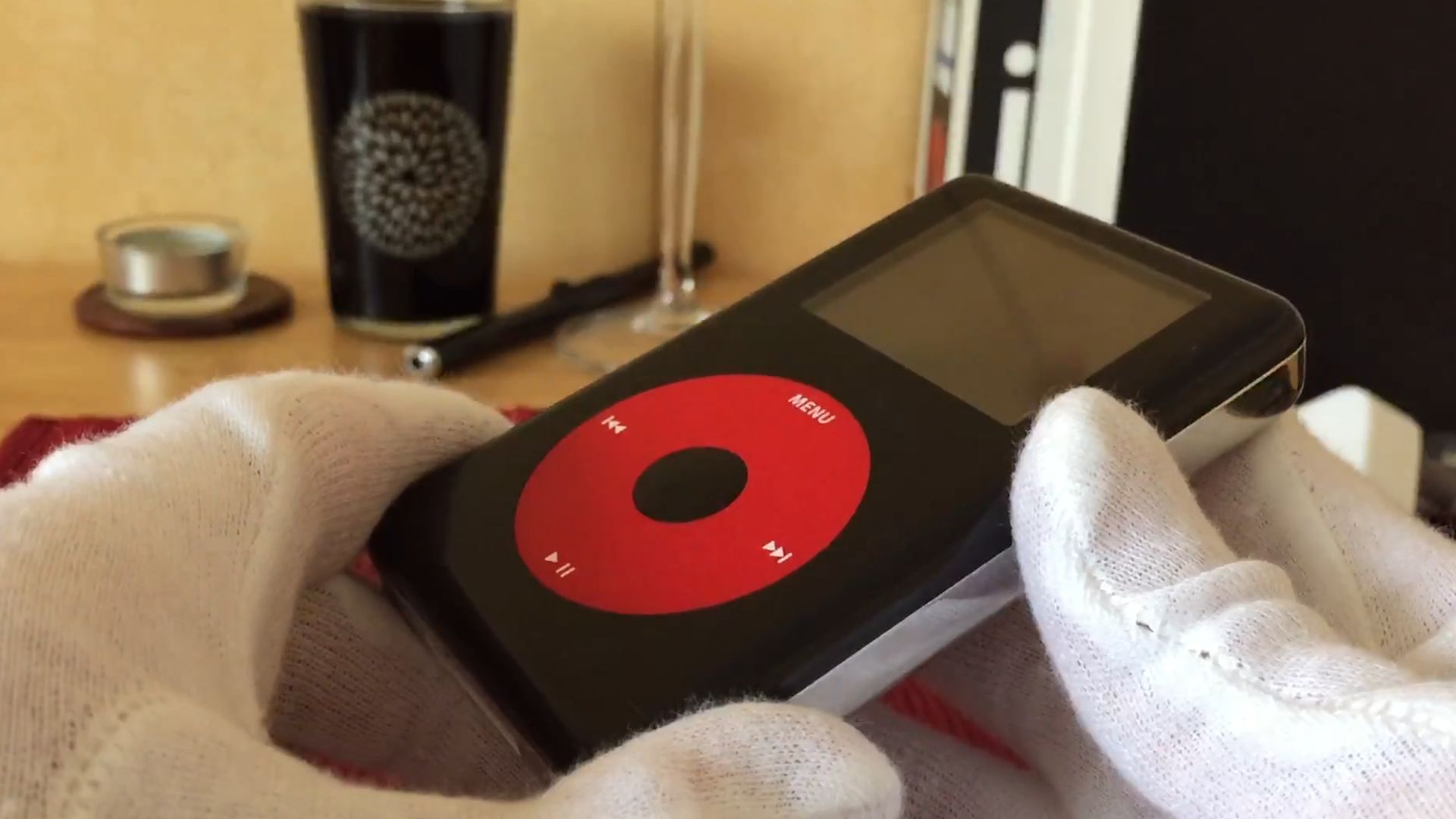 Apple iPod classic PHOTO U2 Special Edition unboxing by Bart
Apple iPod classic PHOTO U2 Special Edition unboxing by Bart
These iPods lost their place in music history for the right reasons. However, some other models truly set the standard through innovation, design, and functionality. Let’s look at 10 iPods that changed everything.
1. iPod Classic (5th Generation, 2005)
Dubbed the “iPod Video,” this model introduced a color screen and video playback capability. It was the first iPod to support H.264 and MPEG-4 formats. With up to 60GB of space, users could store entire music libraries and TV shows.
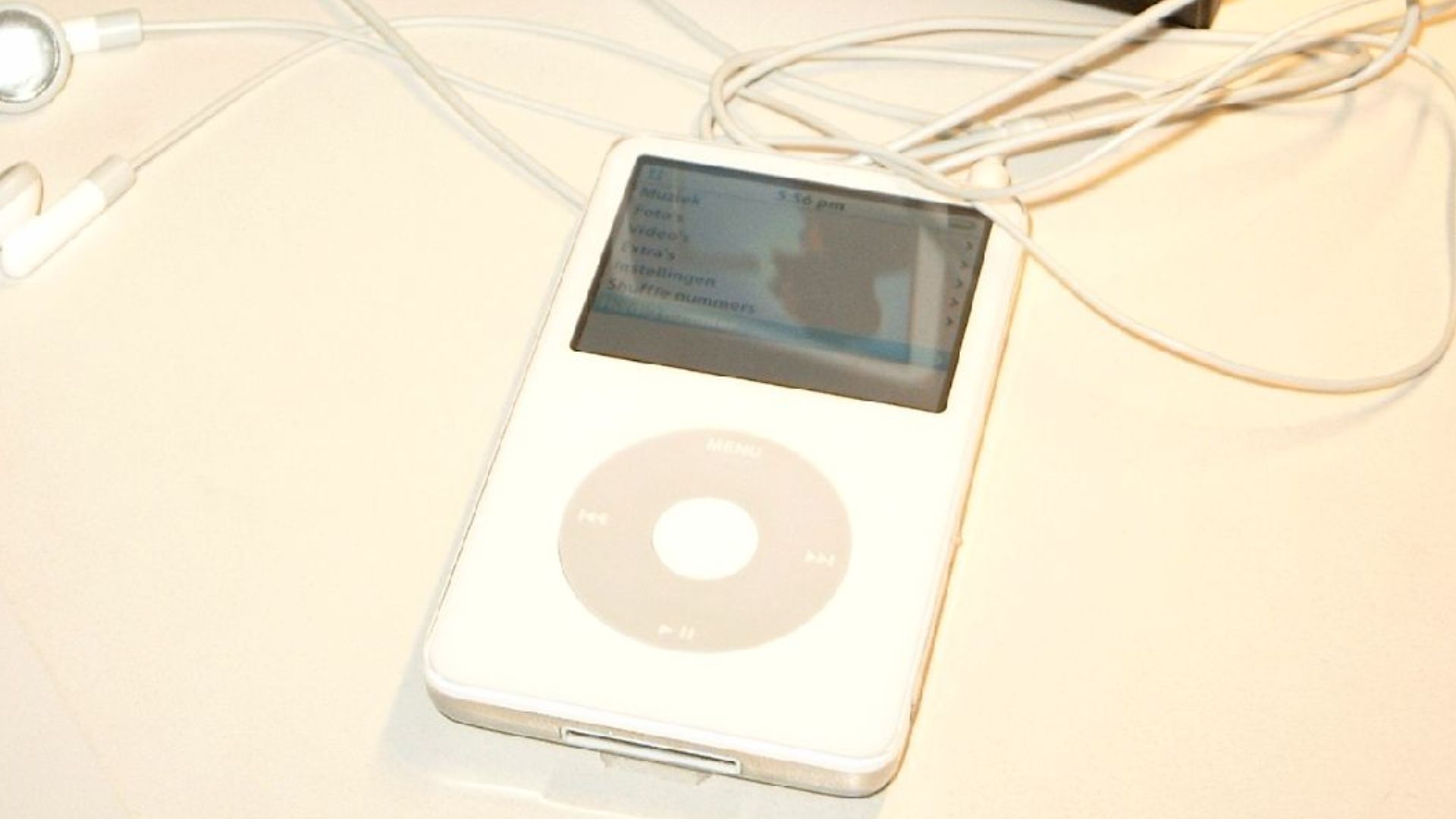 Wasily at Dutch Wikipedia on Wikimedia
Wasily at Dutch Wikipedia on Wikimedia
2. iPod Classic (6th Generation, 2007)
Apple gave this version a sleeker metal design, a redesigned interface, and capacities up to 160 GB. Audiophiles loved its DAC chip, and travelers appreciated its 36-hour music battery life. It was the last true “click wheel” iPod and remained on sale until 2014.
3. iPod Nano (3rd Generation, 2007)
Its squat design divided opinions, but it was the first nano to support video playback. With a larger screen and an intuitive interface, it delivered surprising multimedia power. Users could store up to 2,000 songs or 5 hours of video.
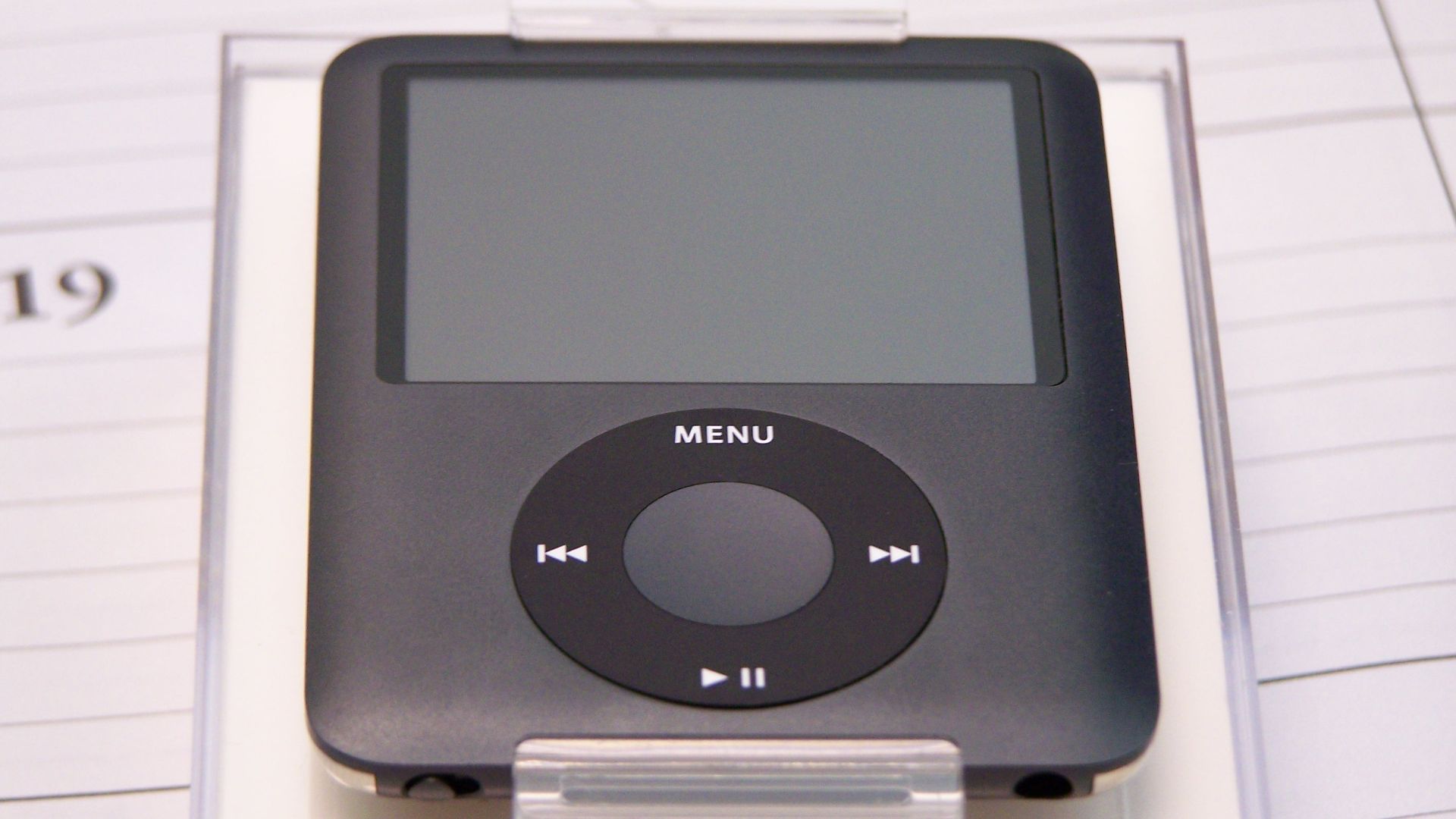 The slick mick at English Wikipedia on Wikimedia
The slick mick at English Wikipedia on Wikimedia
4. iPod Shuffle (2nd Generation, 2006)
Simple, sturdy, and ultra-portable, this shuffle refined Apple’s entry-level music player. It clipped easily to clothing and featured tactile buttons, unlike later models. With 1GB of storage, it could hold around 240 songs, and its aluminum body proved more durable than the first-generation plastic.
5. iPod Touch (4th Generation, 2010)
The iPod touch’s 4th generation introduced FaceTime, a Retina display, and both front and rear cameras to the iPod line. The mode was slimmer than previous models, but it ran iOS apps smoothly. This made it popular among teens who didn’t own iPhones.
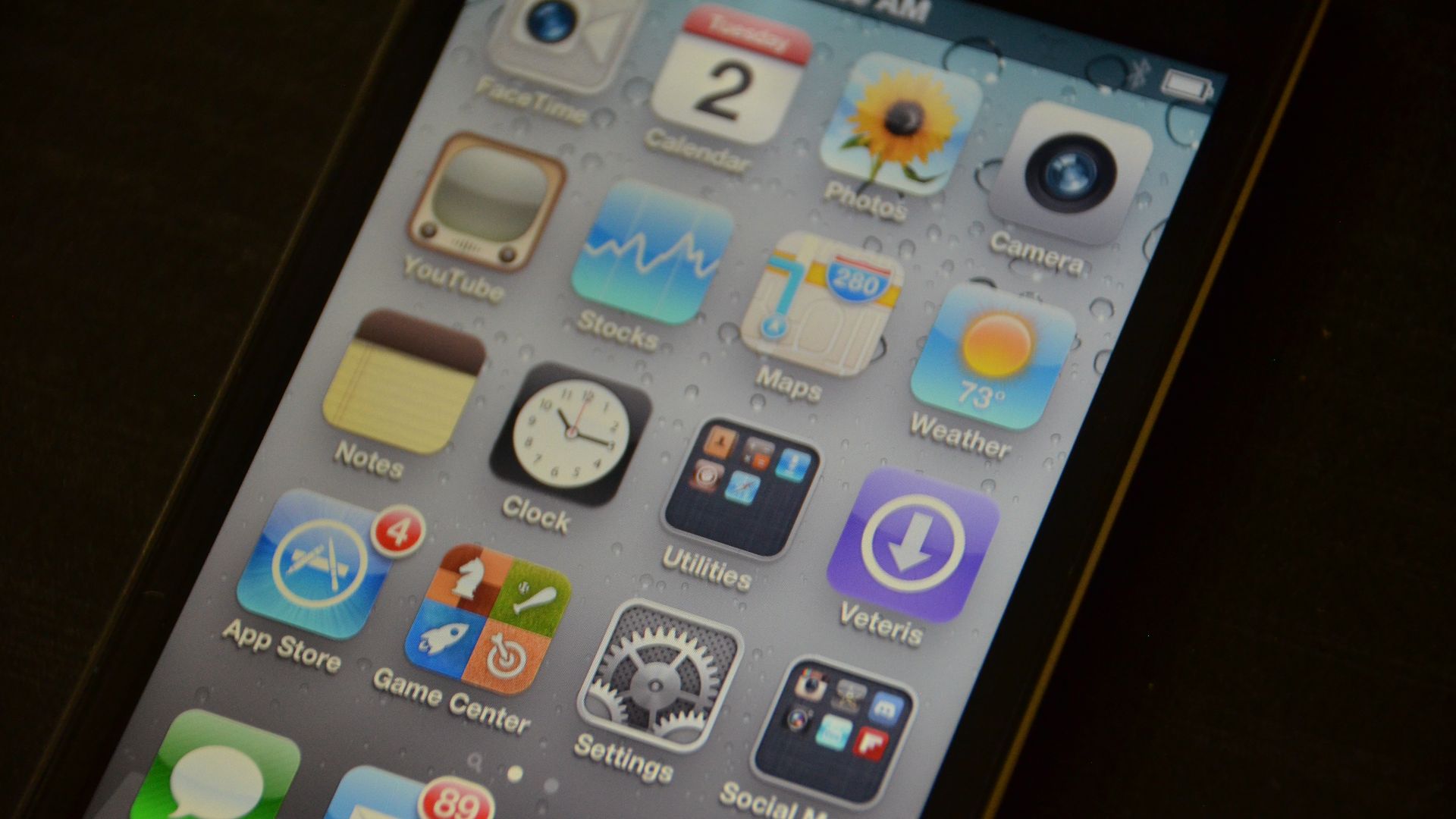 Gameplay010unused on Wikimedia
Gameplay010unused on Wikimedia
6. iPod Nano (5th Generation, 2009)
This model packed surprising features into a slim frame, including a video camera and an FM radio with live pause. It also introduced a larger 2.2-inch screen and polished aluminum colors. Though it couldn’t take still photos, it recorded VGA videos.
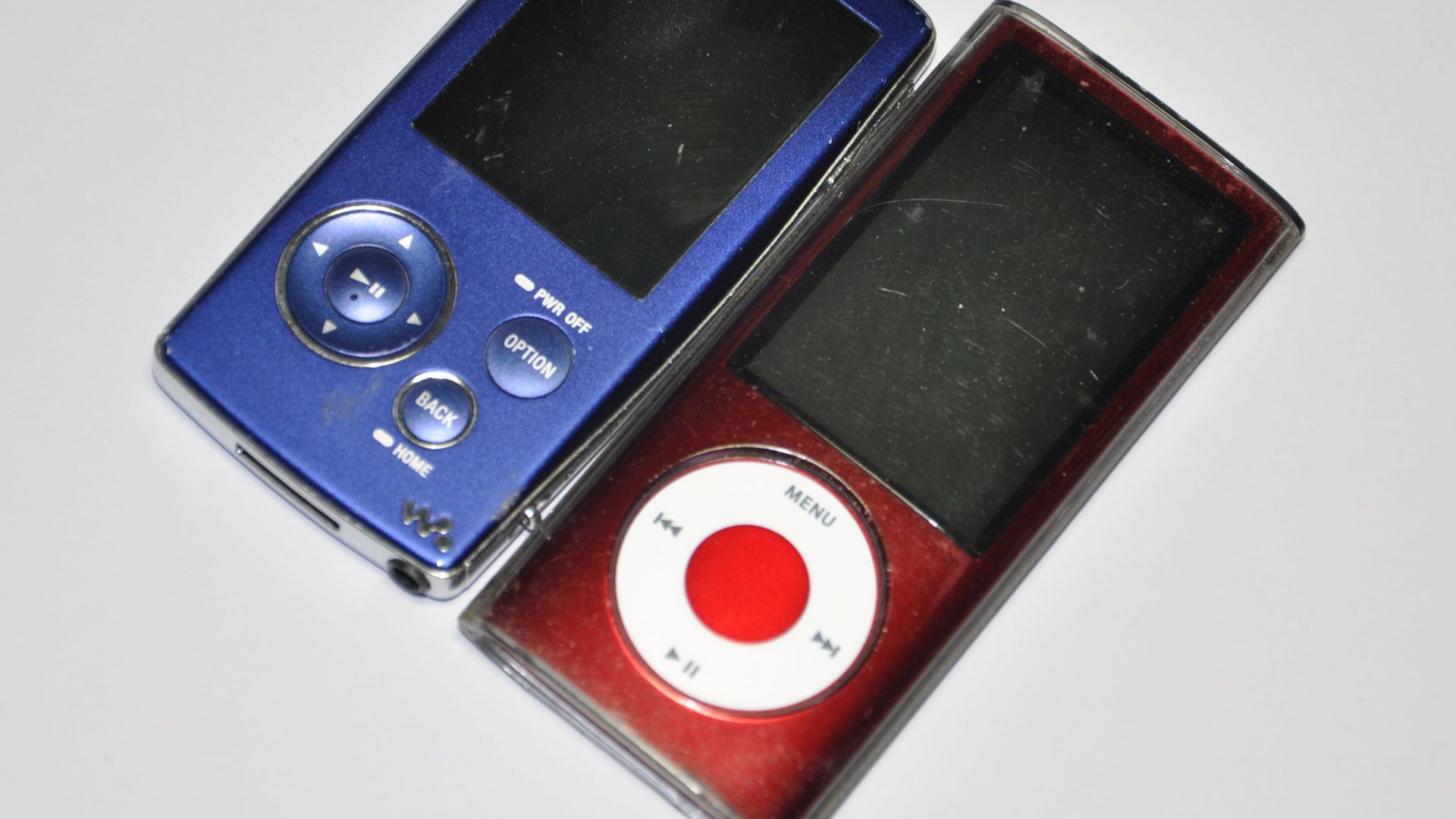 [email protected] on Wikimedia
[email protected] on Wikimedia
7. iPod Touch (2nd Generation, 2008)
While visually similar to the first-gen, the second-gen touch added a built-in speaker and full App Store support. It also supported Nike+ integration and improved battery life. Plus, its curved chrome back and thinner body made it one of the sleekest designs.
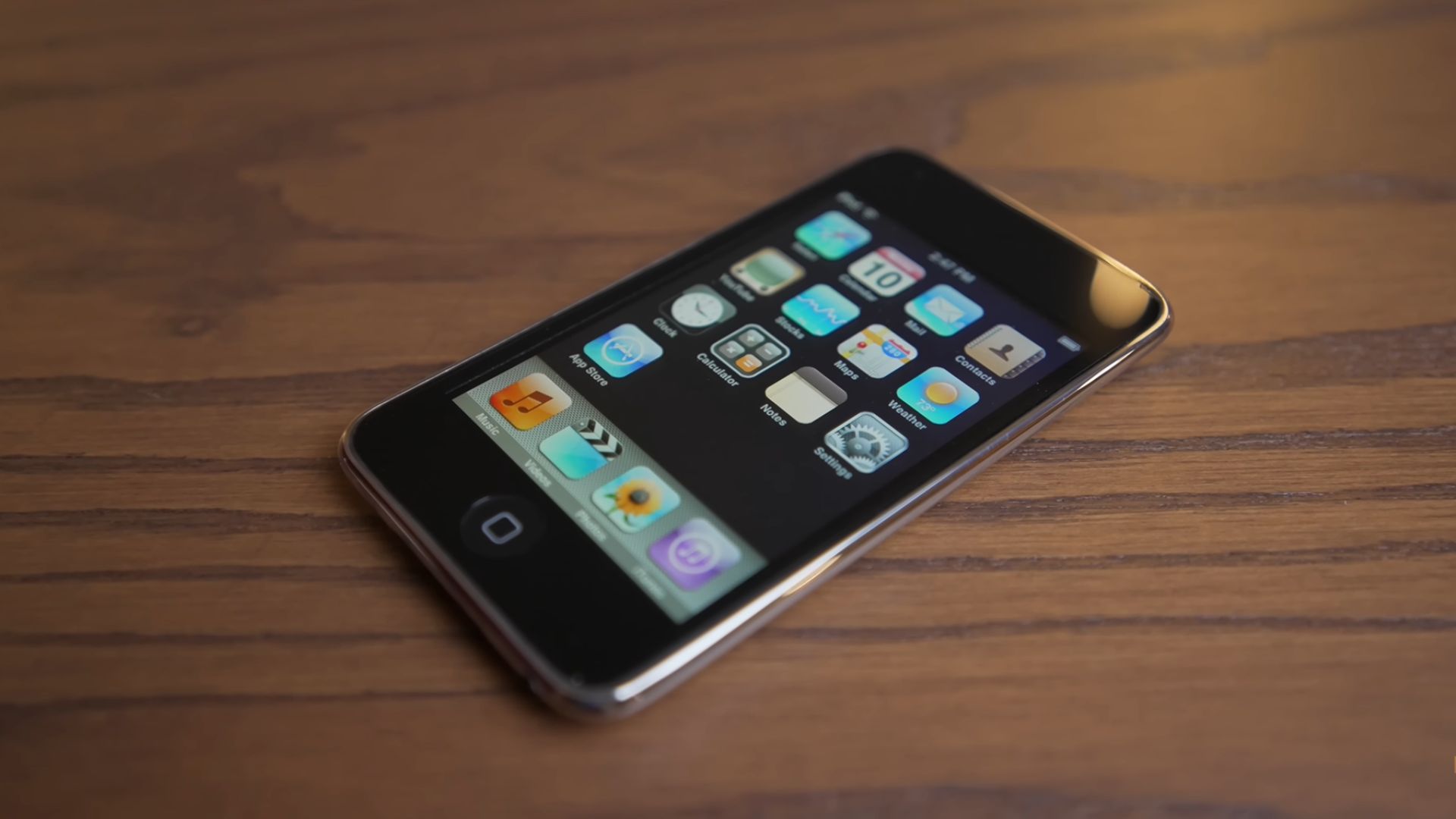 Can we put iOS2 games on this BRAND NEW iPod touch from 2008? by Luke Miani
Can we put iOS2 games on this BRAND NEW iPod touch from 2008? by Luke Miani
8. iPod Mini (2nd Generation, 2005)
This revised Mini addressed the original model’s flaws by replacing the fragile Microdrive with more reliable internal components. As a result, battery life jumped to an impressive 18 hours. Notably, it was also the final Mini released before the Nano took over the lineup.
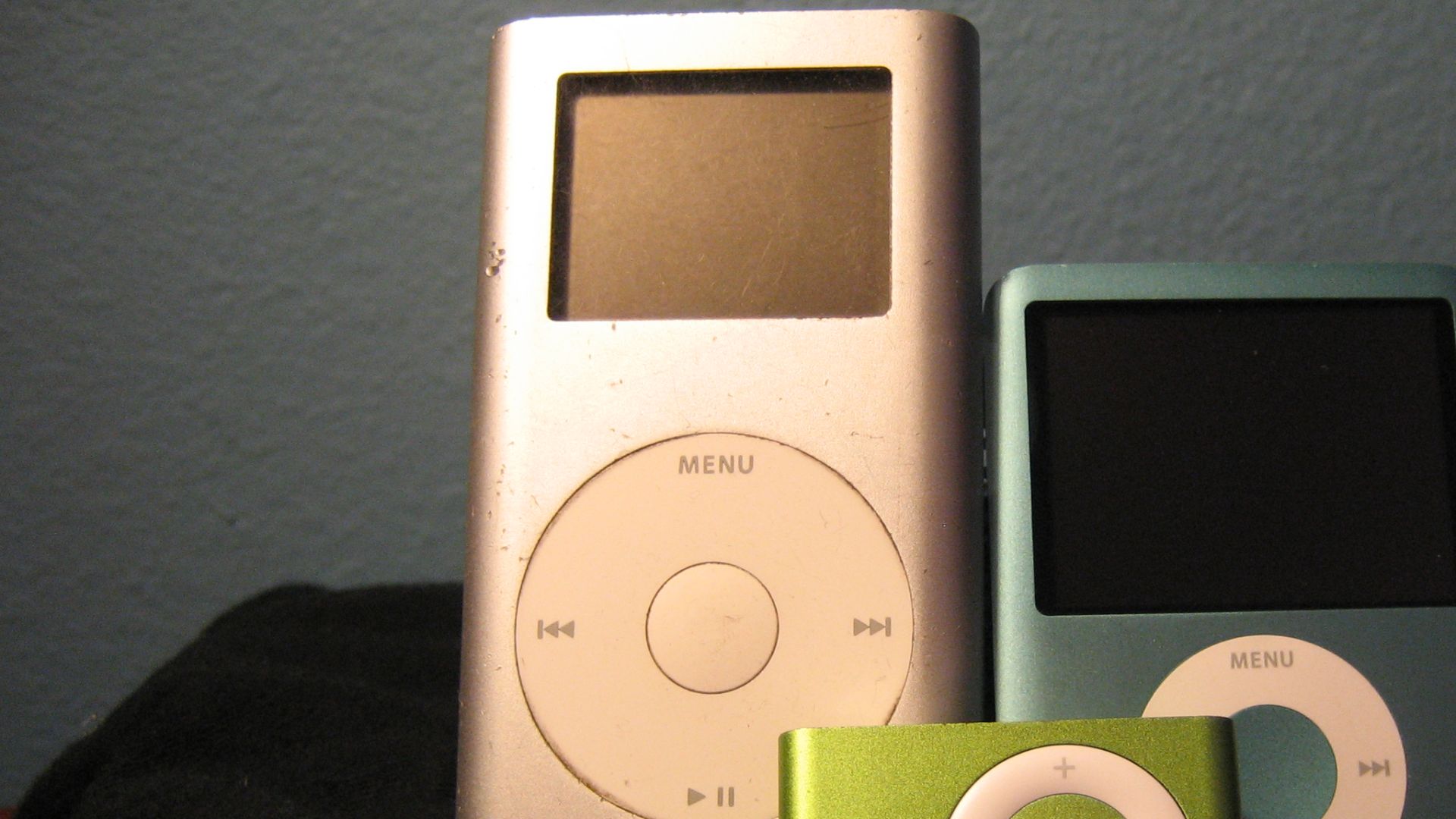 Marcus Quigmire from Florida, USA on Wikimedia
Marcus Quigmire from Florida, USA on Wikimedia
9. iPod Nano (2nd Generation, 2006)
In this generation, aluminum replaced the scratch-prone plastic of the first nano, dramatically improving durability. The model supported gapless playback and extended battery life to a reliable 24 hours. Apple also redesigned the internals to be more energy efficient.
10. iPod Touch (5th Generation, 2012)
Thinner and available in vibrant colors, the 5th-gen Touch featured a 4-inch Retina display and a 5MP rear camera. This model utilized the same screen size as the iPhone 5, making it ideal for media consumption. Additionally, Siri debuted on the iPod line with this generation.


